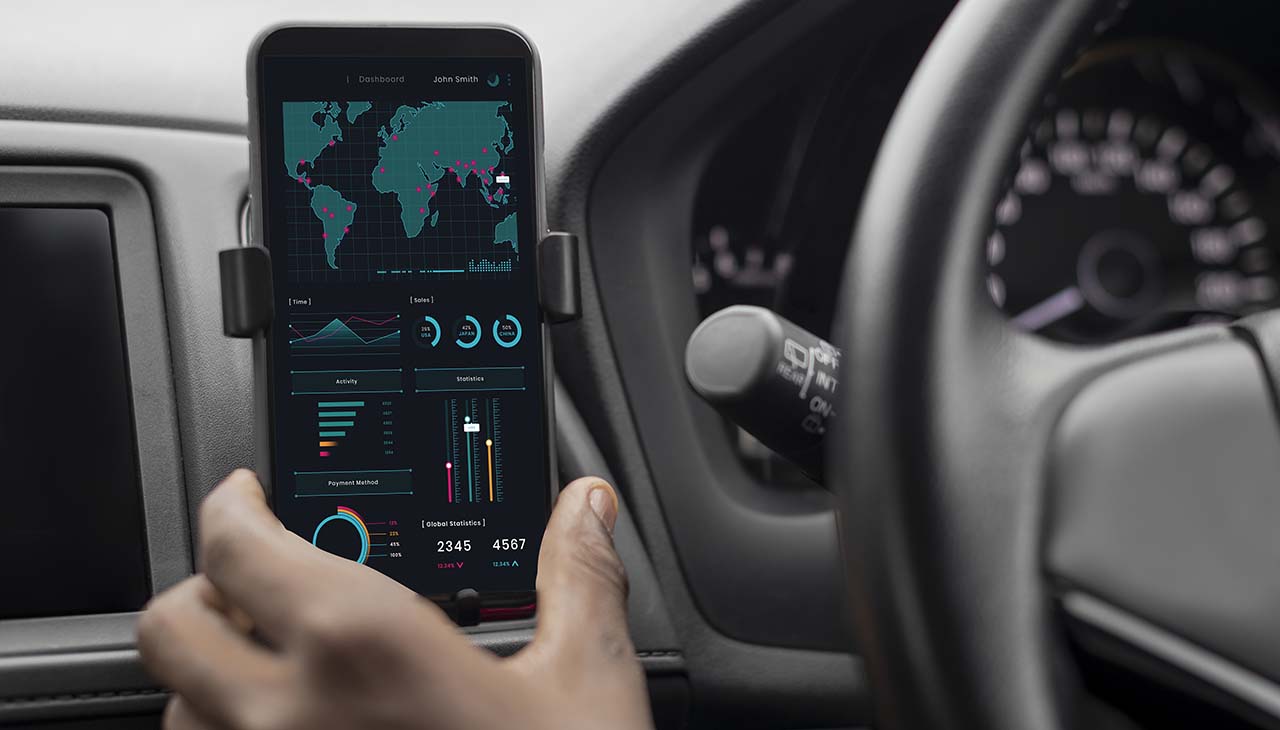Advanced Driver Assistance Systems (ADAS) are revolutionizing the way we think about driving safety and comfort. By leveraging cutting-edge technology, ADAS enhance the driving experience, reduce the likelihood of human error, and promote road safety. These systems utilize an array of sensors and algorithms to provide features like adaptive cruise control, lane keeping assistance, and automatic emergency braking. As automotive technology evolves, ADAS are becoming increasingly sophisticated, promising a future where vehicles not only protect their occupants but also contribute to the overall safety of the roadways.
Types of ADAS Technologies
- Collision Avoidance Systems: These systems monitor the vehicle’s surroundings to prevent collisions. Using sensors and cameras, they detect potential obstacles and warn the driver, or in more advanced setups, autonomously apply the brakes.
- Adaptive Cruise Control: By automatically adjusting the vehicle’s speed to maintain a safe distance from the car ahead, adaptive cruise control enhances both safety and comfort during long drives.
- Lane Departure Warning Systems: These alerts notify drivers when their vehicle begins to drift out of its lane without signaling, helping to prevent accidents caused by inattention or fatigue.
- Blind Spot Detection Systems: By monitoring areas of the road that the driver can’t easily see, these systems alert drivers to vehicles in their blind spots, making lane changes safer.
- Parking Assistance Systems: Utilizing cameras and sensors, these systems assist drivers in parking maneuvers by providing guidance and, in some cases, automatically steering the vehicle into a parking spot.
Benefits of ADAS
The primary benefits of Advanced Driver Assistance Systems (ADAS) include:
- Increased Safety on the Road: By providing real-time warnings and taking preventative actions, ADAS significantly reduce the risk of accidents, protecting not only the vehicle’s occupants but also other road users.
- Prevention of Accidents: ADAS play a crucial role in preventing accidents by addressing common causes such as driver inattention, fatigue, and poor judgment. Features like autonomous emergency braking and collision avoidance systems actively intervene to avert potential collisions.
- Enhanced Driving Comfort: Features like adaptive cruise control and lane keeping assistance reduce the driver’s workload, especially on long journeys, making the driving experience more comfortable and less stressful.
- Improved Traffic Flow and Efficiency: By smoothing vehicle speeds and reducing the need for sudden stops and starts, ADAS can contribute to better traffic flow and increased road efficiency, potentially lowering congestion and improving fuel economy.
Challenges and Limitations
Despite the numerous advantages of ADAS, there are challenges and limitations that need to be addressed to fully realize their potential:
- Dependency on Sensors and Cameras: ADAS heavily rely on sensors and cameras to function correctly. However, these components can be susceptible to damage, dirt, and wear, potentially compromising system accuracy and reliability.
- Environmental Factors: Adverse weather conditions like heavy rain, fog, or snow can obstruct the sensors’ visibility and functionality, leading to reduced effectiveness of the systems.
- User Understanding and Misuse: There’s a risk that drivers may over-rely on ADAS, assuming these systems can handle more than they are capable of. Misunderstanding the limitations of ADAS can lead to misuse, putting the driver and others at risk.
- Ethical Considerations: The decision-making algorithms in ADAS, especially in autonomous emergency situations, raise ethical questions. The programming of these systems involves determining how to act in scenarios where accidents are unavoidable, which involves complex ethical decision-making.
Future Trends in ADAS
The evolution of Advanced Driver Assistance Systems (ADAS) is set to redefine the future landscape of automotive safety and efficiency, with several key trends shaping their next development phase:
- Integration with Autonomous Vehicles: The integration of ADAS with autonomous vehicle technology is a critical step toward fully autonomous driving. ADAS serve as the building blocks, providing the necessary sensory and computational groundwork that autonomous vehicles require to operate safely without human intervention.
- Artificial Intelligence and Machine Learning in ADAS: Artificial Intelligence (AI) and Machine Learning (ML) are playing an increasingly central role in advancing ADAS capabilities. By leveraging AI and ML, ADAS can better interpret sensory data, predict potential hazards, and make more nuanced decisions, enhancing their effectiveness and reliability.
- Regulatory Developments and Standardization: As ADAS technologies advance, regulatory frameworks and standards are evolving in tandem to ensure these systems are safe, reliable, and operate consistently across different platforms and vehicles. Regulatory developments will continue to shape the deployment and acceptance of ADAS in the automotive industry.
- Consumer Adoption and Market Growth: Consumer trust and acceptance are pivotal for the widespread adoption of ADAS. Increased awareness of the safety and convenience benefits of ADAS, coupled with a decrease in technology costs, is expected to drive significant market growth and consumer adoption in the coming years.
Conclusion
In conclusion, Advanced Driver Assistance Systems (ADAS) stand at the forefront of innovation in automotive technology, significantly enhancing road safety and the overall driving experience. By mitigating human error, one of the primary factors in road accidents, ADAS contribute to making our roads safer for everyone. The integration of technologies like collision avoidance, adaptive cruise control, and lane departure warning systems not only protects vehicle occupants but also benefits all road users by reducing the likelihood of accidents. However, the full potential of ADAS can only be realized through ongoing research and development. This calls for a collaborative effort among tech companies, automotive manufacturers, and regulatory bodies to innovate and refine these technologies. By investing in the future of ADAS, we can look forward to a transportation system that is not only more efficient and safer but also more adaptable to the evolving demands of modern mobility.

